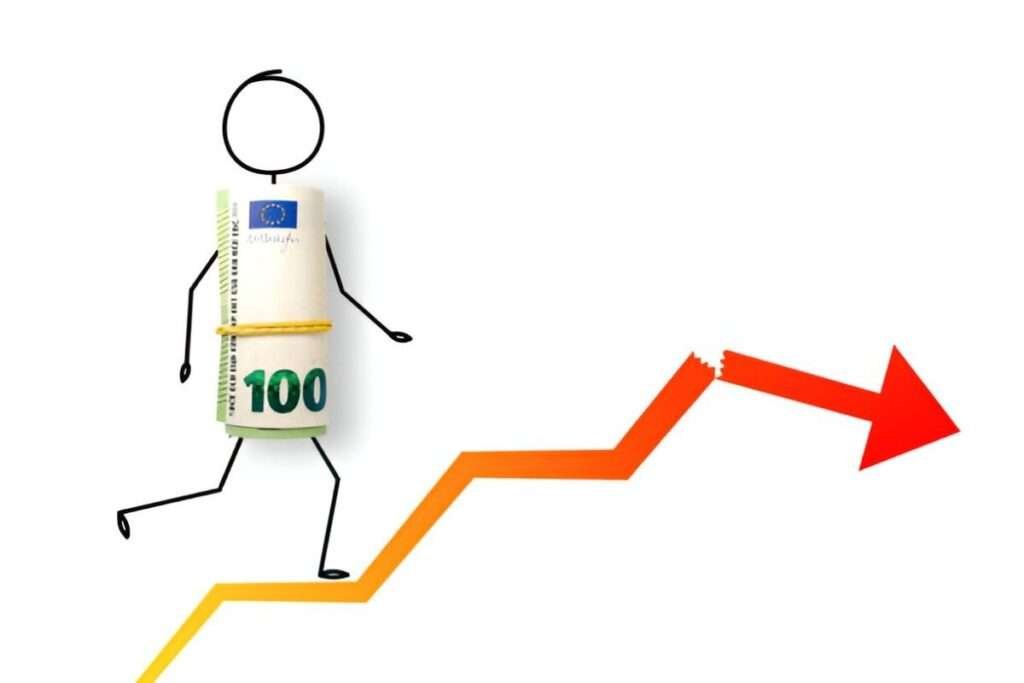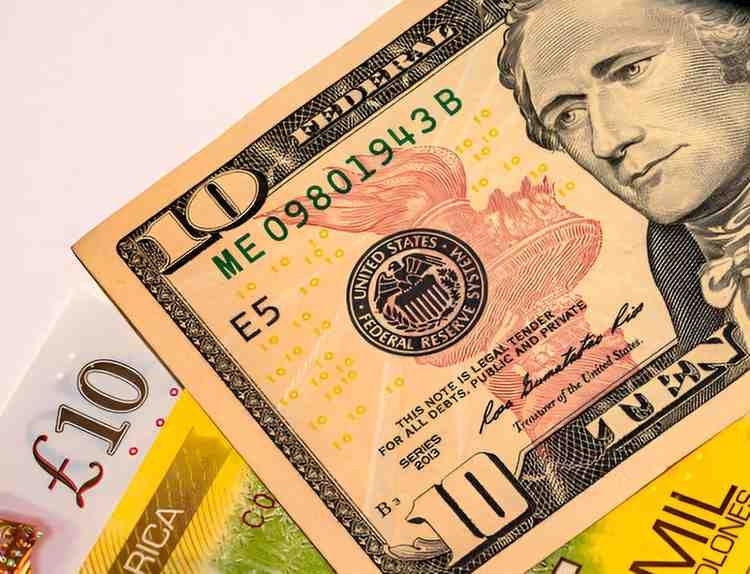Forex trading has always fascinated me. The idea of trading currencies, leveraging global economic trends, and potentially making profits from the comfort of my home is both exciting and daunting. However, I quickly realized that without a solid plan, especially when starting with a small account like 100,The risks can sometimes outweigh the rewards. In this article, I will walk you through a detailed exploration of the factors to consider when weighing the potential risks and rewards of any decision. We’ll dive into how to assess both sides critically and make informed choices that align with your goals.100 forex trading plan that balances risk management, strategy, and realistic expectations. Whether you’re a beginner or someone looking to refine your approach, this guide will provide actionable insights.
Table of Contents
Why Start with $100?
Starting with $100 might seem insignificant in the world of forex trading, where millions are traded daily. However, for beginners, it’s a practical amount. It allows you to learn the ropes without risking significant capital. The goal isn’t to get rich overnight but to build a foundation for sustainable trading.
In the US, where socioeconomic factors like student debt and rising living costs often limit disposable income, $100 is an accessible starting point. It’s enough to open a micro or mini account with most brokers, enabling you to trade smaller lot sizes and manage risk effectively.
Understanding Forex Trading Basics
Before diving into the $100 plan, let’s cover some basics. Forex, or foreign exchange, involves trading currencies in pairs. For example, the EUR/USD pair represents the euro against the US dollar. The goal is to profit from fluctuations in exchange rates.
Key Concepts:
- Pip: The smallest price move in a currency pair. For most pairs, a pip is 0.0001.
- Lot Size: The number of currency units you trade. Standard lots are 100,000 units, but micro lots (1,000 units) are more suitable for small accounts.
- Leverage: Borrowed capital to increase potential returns. While leverage can amplify profits, it also increases risk.
The $100 Forex Trading Plan
Step 1: Choose the Right Broker
Not all brokers are created equal. For a $100 account, I prioritize brokers that offer:
- Low minimum deposit requirements.
- Micro and mini lot sizes.
- Tight spreads (the difference between the bid and ask price).
- Regulation by reputable authorities like the CFTC (Commodity Futures Trading Commission) in the US.
I also ensure the broker provides a demo account. Practicing with virtual money helps me refine my strategy without risking real capital.
Step 2: Define Risk Management Rules
Risk management is the backbone of any trading plan. With $100, I can’t afford to lose much. Here’s how I manage risk:
Risk Per Trade
I never risk more than 1-2% of my account on a single trade. For a 100account,that’s100account,that’s1-$2 per trade. This means if a trade goes against me, I can withstand multiple losses without blowing my account.
Stop-Loss Orders
A stop-loss order automatically closes a trade at a predetermined price level to limit losses. For example, if I buy EUR/USD at 1.1000, I might set a stop-loss at 1.0980, risking 20 pips.
Position Sizing
To calculate my position size, I use the following formula:
\text{Position Size} = \frac{\text{Account Risk}}{\text{Stop-Loss in Pips}} \times \text{Pip Value}For example, if I
\text{Position Size} = \frac{2}{20} \times 0.10 = 0.01 , \text{lots (1 micro lot)}Step 3: Develop a Trading Strategy
A trading strategy provides a framework for making decisions. For my $100 account, I focus on simplicity and consistency.
Strategy Example: Trend Following
- Identify the Trend: I use moving averages (e.g., 50-period and 200-period) to determine the trend direction. If the 50-period MA is above the 200-period MA, the trend is bullish.
- Entry: I enter a trade when the price retraces to a key support level in an uptrend or resistance level in a downtrend.
- Exit: I set a take-profit level at a reasonable distance (e.g., 2:1 risk-reward ratio) and use a trailing stop to lock in profits.
Example Trade
Let’s say I identify an uptrend in GBP/USD. The current price is 1.3000, and I set a stop-loss at 1.2980 (20 pips). My take-profit is at 1.3040 (40 pips), giving me a 2:1 risk-reward ratio.
If I risk 2(12(1100), my position size is 0.01 lots. If the trade hits the take-profit, I make 4.Ifithitsthestop−loss,Ilose4.Ifithitsthestop−loss,Ilose2.
Step 4: Track and Analyze Performance
Keeping a trading journal is essential. I record every trade, including entry and exit points, reasons for taking the trade, and outcomes. Over time, this helps me identify patterns and improve my strategy.
Common Pitfalls to Avoid
Overtrading
With a small account, the temptation to overtrade is high. I remind myself that quality matters more than quantity. One well-executed trade is better than ten poorly planned ones.
Ignoring Economic Events
Forex markets are influenced by economic data, such as interest rate decisions and employment reports. I always check the economic calendar to avoid trading during high-impact events that can cause volatility.
Emotional Trading
Fear and greed are the enemies of rational decision-making. I stick to my plan, even when emotions run high.
Realistic Expectations
With a 100don’t expect to make a living from trading. Instead, I focus on growing my account gradually. If I achieve a 5-10% return on my account, I consider it a success, as my goal is steady growth rather than quick gains.5179.59 in a year. While this might seem modest, it’s a realistic and sustainable goal.
| Month | Starting Balance | Monthly Return (%) | Ending Balance |
|---|---|---|---|
| 1 | $100.00 | 5% | $105.00 |
| 2 | $105.00 | 5% | $110.25 |
| 3 | $110.25 | 5% | $115.76 |
| … | … | … | … |
| 12 | $171.03 | 5% | $179.59 |
Final Thoughts
A $100 forex trading plan is not about getting rich quickly. It’s about learning, managing risk, and building a foundation for future success. By choosing the right broker, defining clear risk management rules, and developing a simple strategy, I can navigate the forex market with confidence.
Remember, trading is a journey. Patience, discipline, and continuous learning are key. Whether you’re trading with 100or100or10,000, the principles remain the same. Start small, stay consistent, and let compound growth work in your favor.
By following this plan, I’ve been able to grow my $100 account steadily. While the road hasn’t been without challenges, the lessons I’ve learned have been invaluable. If you’re just starting out, I encourage you to take the first step. With the right mindset and a solid plan, the world of forex trading is within your reach.





